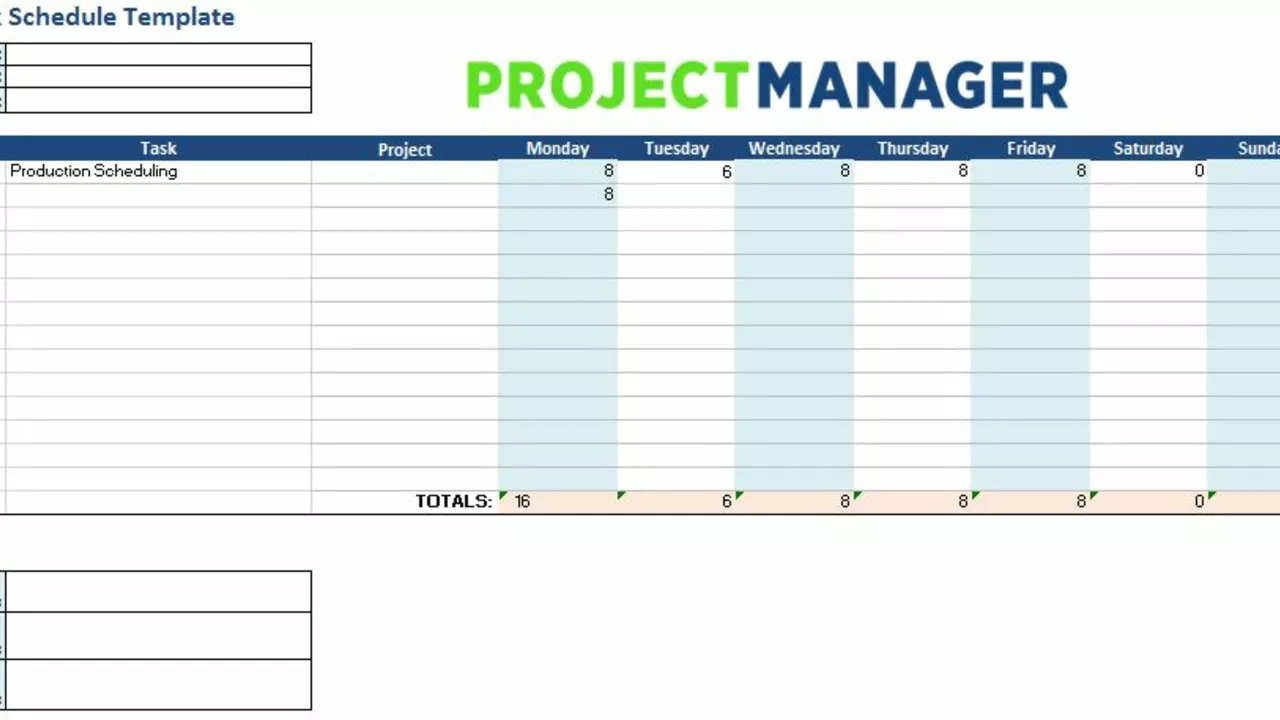Practice Schedule: Your Blueprint for Consistent Progress
When working with Practice Schedule, a structured timetable that tells you when, how long, and what type of training to do each day. Also known as training calendar, it lets athletes line up skill work, conditioning, and recovery so nothing is left to chance, you instantly get a roadmap rather than a vague idea of “just train more.” A good schedule breaks the year into Periodization, the science of cycling intensity and volume to peak at the right moment and ties each block to a clear Training Plan, the detailed list of drills, sets, and recovery sessions that support the overall goal. Think of it as the skeleton (schedule) that holds the muscles (workouts) and the brain (coach’s strategy) together. When you map out a practice schedule you’re not just filling days with random laps; you’re aligning frequency, duration, and focus so every session builds on the last.
Why a Solid Practice Schedule Matters for Any Athlete
Every athlete, whether a swimmer, footballer, or weekend jogger, needs three things to improve: consistent practice, purposeful load, and smart recovery. A well‑crafted schedule provides the consistency by assigning specific days for technique drills, aerobic conditioning, and strength work, removing the guesswork that leads to missed sessions. The purposeful load comes from periodization – low‑volume skill days followed by high‑intensity intervals – which balances stress and adaptation. Coaching influences this design; a coach can adjust the schedule based on performance metrics like split times, heart‑rate zones, or injury reports. Conditioning, another key entity, fits into the schedule as dedicated anaerobic or aerobic blocks, ensuring you have the stamina to finish a 1500‑meter set or a full‑court basketball game. Recovery, often overlooked, is scheduled just like any other workout, giving muscles time to rebuild and preventing burnout. By linking these pieces – periodization, training plan, conditioning, coaching, and recovery – the practice schedule becomes a living document that evolves with your goals and your body’s response.
In real‑world terms, imagine you’re a competitive swimmer planning for a national meet in three months. Your schedule will start with a base‑building phase (high volume, low intensity) to cement endurance, then shift to a speed‑development phase (short, fast intervals) to sharpen race pace, and finish with a taper (reduced volume, maintained intensity) to let the body peak. Each phase is a period within the overall schedule, and each day’s workout follows the training plan that outlines exact sets, rest periods, and drill focus. The coach monitors your split times and adjusts the plan if you’re lagging, while conditioning sessions keep your core strong enough to maintain a streamlined position. Recovery days, often marked as active rest, might include easy swim or mobility work, preventing the shoulder overuse injuries that plague many swimmers. This interconnected approach shows why a practice schedule isn’t just a calendar; it’s the hub that synchronizes every performance‑driving element.
Below you’ll find a curated collection of articles that dive deeper into each of these ideas. From the role of a sporting director in shaping team strategy to how tinted goggles can boost visual clarity, the posts illustrate how thoughtful planning—whether for a football club or a swimming pool—drives results. Browse through to see practical tips, real‑world examples, and expert perspectives that will help you fine‑tune your own practice schedule and reach the next level of performance.
How many days does the NFL practice in a week?
As a passionate follower of the NFL, I've always been curious about how often these professionals practice. From my research, I've found that NFL teams typically practice about three to four days per week during the season, but this can significantly increase during the preseason and playoffs. It's quite impressive how these athletes balance intense training with recovery time to perform at such high levels. I've gained a deeper appreciation for the dedication it takes to be an NFL player, as it's clear that their hard work extends far beyond the games we see each week. This information might be interesting for other NFL fans like me who enjoy understanding the behind-the-scenes efforts of our favorite teams.
